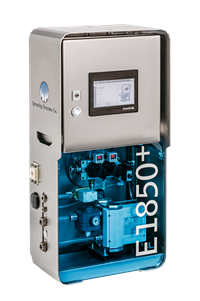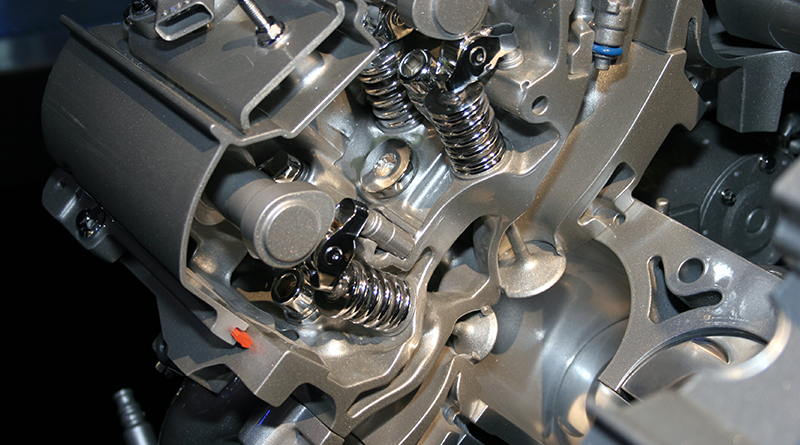The automotive sector is experiencing enormous pressure from both customers and legislators to increase the efficiency of their products. With cars having a major impact on the environment it is essential that the sector focusses on more sustainable solutions. In recent years this has obviously led to the emergence of alternatives like electric cars. Still, with lagging infrastructure, it will take some time for the transition to complete.
With such an on-going focus on alternatives we would almost forget that traditional internal combustion engines still make up 90% of the new car market. This makes it necessary to continue improving production methods and that is also why we were contacted by one of the leading car parts manufacturers in the world.
Spark plugs are an essential part of internal combustion engines. Quality expectations are very high and because of that the production methods need to be up to par as well.
During the production process the spark plugs are molded by pressing ceramic powder between a mold (for the external shape) and a rod (for the internal shape). We were contacted by our customer because they were having issues with the ceramic powder staying on the rod and polluting the next plug. This caused quality issues, significant loss of parts and frequent production stops. A temporary fix was found by manually applying silicon on the rod to avoid the ceramic powder from sticking. Unfortunately this was a slow process with safety risks for the operator.
Obviously this was an inefficient approach so we were contacted to deliver a solution that could prevent the ceramic powder from sticking on the rod and improve the quality of the finished products.
AutoJet® Automated Spraying System

Manual spray applications often seem like an acceptable solution until you consider the actual costs. In this case we found that the manual application had a significant impact on the speed of the production process. Each hour the production needed to be shut down so the press could be opened, the spray could be applied, the press could be securely closed and production could restart. Overapplication of the expensive silicon was frequent and also led to slippery work conditions.
With our automated solutions we can safely apply the silicon without shutting down production and without wasting materials. To ensure a proper application of the silicon solution on the rod we first did some testing at our local spray technology center. Together with the customer we defined the ideal liquid flow, pressure configuration, spray distance and position for an efficient application. The system that could deliver the necessary performance consisted off:
- • AutoJet® E1850+ Spray Controller (timing + external trigger signal)
- • Regulation plate
- • Pressure tank
- • 6x D55500-JAU nozzles (3 on each side)
Result
After the tests demonstrated the performance of the AutoJet® system the car part manufacturer ordered the proposed solution.
They were happy to note that the system is a lot more efficient at applying the silicon solution than their previous method. Since production stops are no longer required they have seen a significant increase in output. When looking at the actual production process they have seen a big drop in silicon costs. Additionally there are no more issues with dangerous work conditions due to slippery floors.
Most importantly though, the spark plugs are up to the expected quality levels again. As a result their customers’ engines are running with optimal efficiency to minimize their emissions and environmental footprint.


